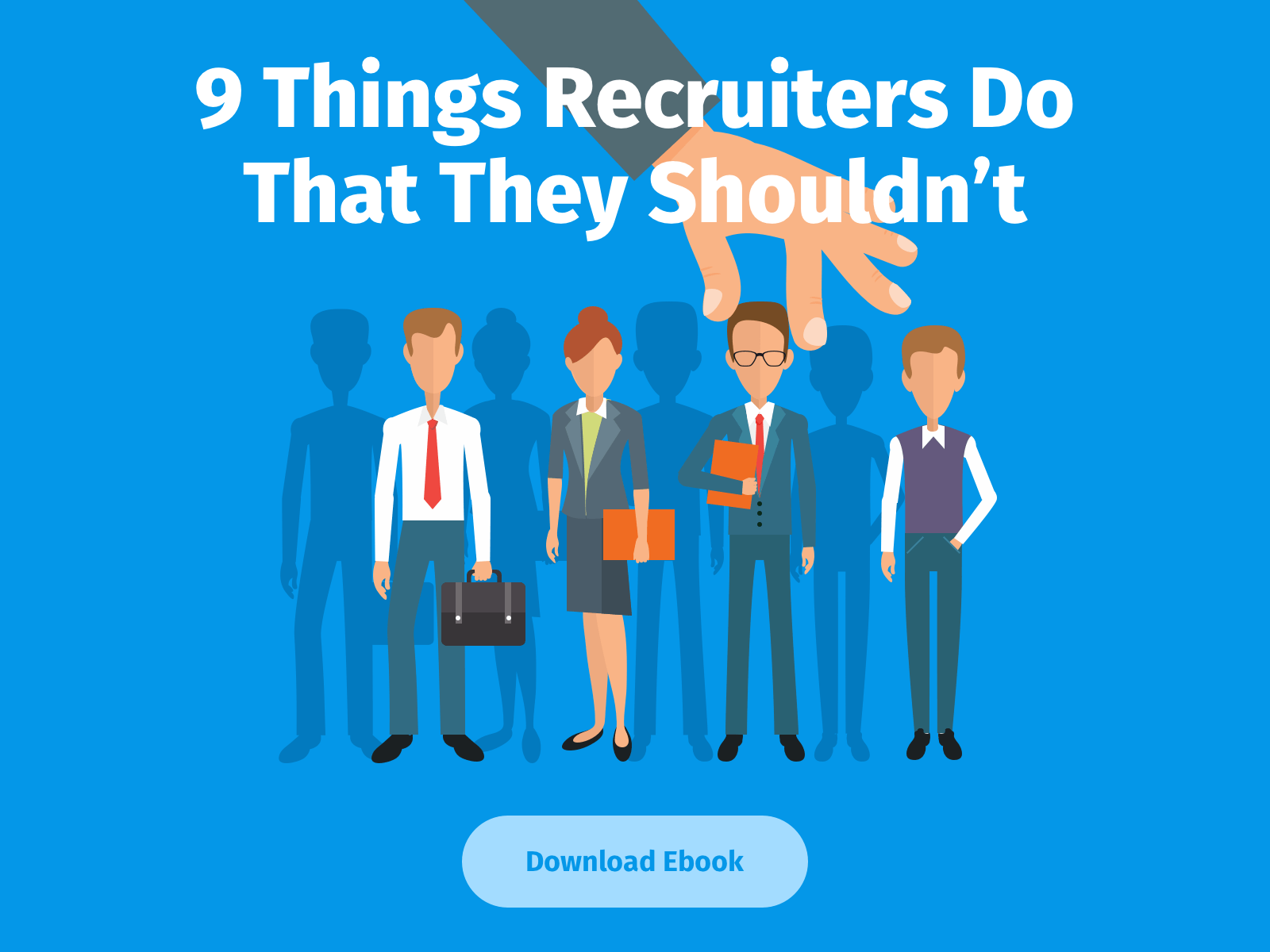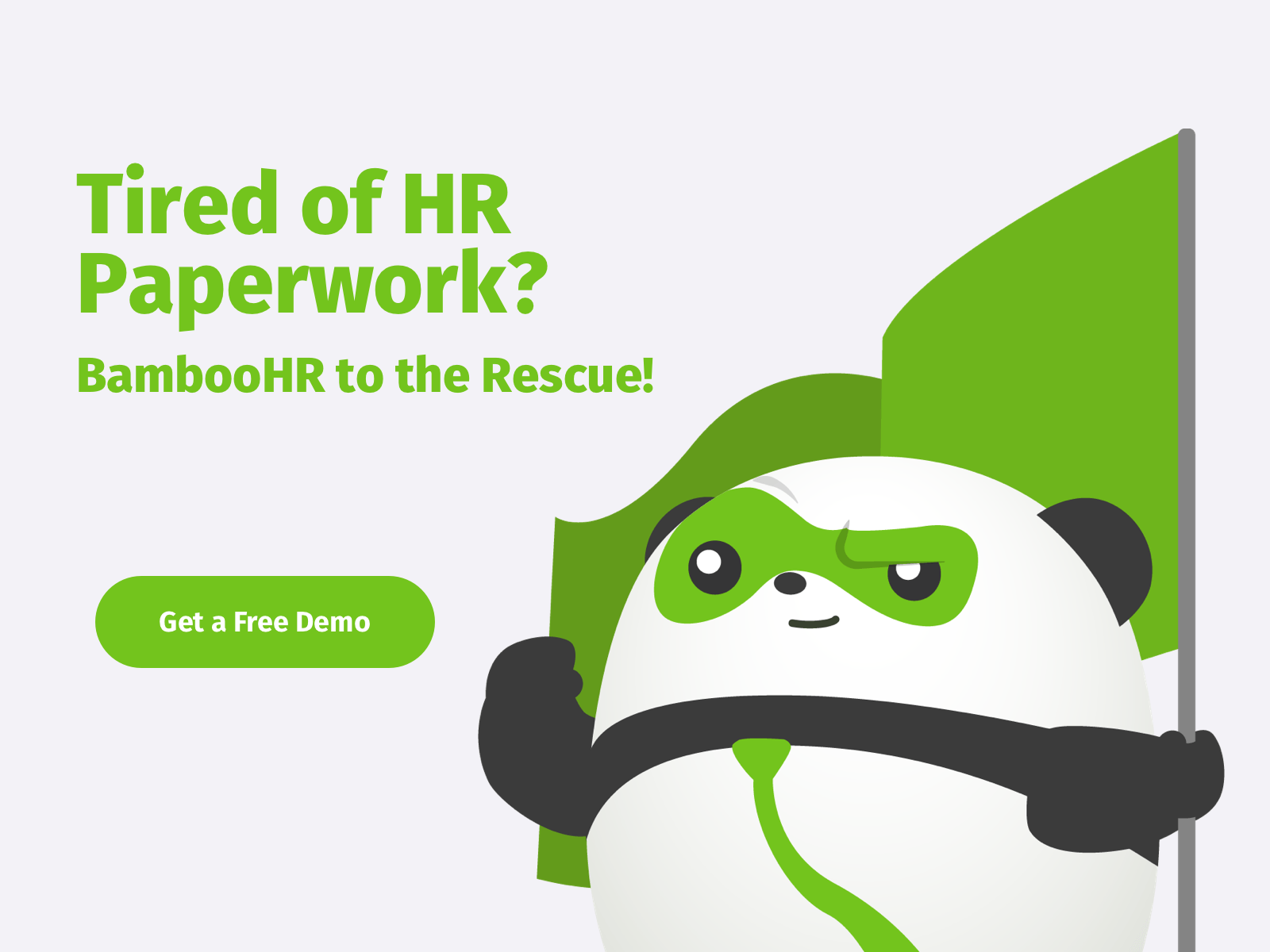Keeping Employee Records: Everything You Need to Know
Here at BambooHR, we like to say that human resources is about the peoplework, not the paperwork. That being said, keeping employee records accurate, up-to-date, and secure is an essential part of HR’s role. Without organized, clean record-keeping, there’s no time to focus on the peoplework.
Maintaining employee records takes more than a filing cabinet and color-coordinated folders. There is so much information to track and manage for each employee, and doing so only gets more complicated the more people you hire. On top of that, there are several rules and regulations you need to know—like how long employers need to keep employee records after termination.
We go over all that and more in our guide here. So if you’re ready to master employee records in your organization, then read on.
How Long Do Companies Have to Keep Employee Records?
The laws around how long to keep employee records vary depending on the type of record, and they may vary by state as well. It’s important that you check with your legal team or a consultant to make sure you understand the regulations that apply to your organization and your location. Here are some good rules of thumb to get you started:
Hiring Records
Keep hiring records, including interview notes, resumes, drug test results, and any other documents related to the hiring decision for at least one year after making the hire. Note that this year-long timer doesn’t start until your hiring decision is official (offer letter sent and accepted). Maintaining employee records for at least this long will help your organization show that your hiring process is fair and unbiased (assuming it is both of those) if questions arise down the road.
Form I-9
Your company should keep an employee’s Form I-9 for at least one year after termination or three years from their hire date, whichever date is later. These rules come from the U.S. Citizenship and Immigration Services; they offer a handy calculator on their website to help you figure out how long you need to keep your employee records.
Payroll and Tax Records
This is where maintaining employee records can get a little confusing. There are so many documents related to payroll, and just as many regulations (we’ve written an entire article just on keeping payroll records). It’s best to err on the safe side and speak with a professional about how long to keep employee records around pay, but here are some basic numbers.
According to the Department of Labor, companies should keep the following records for at least three years:
- Payroll records
- Collective bargaining agreements
- Sales and purchase records
In addition, they should keep records that have to do with wage calculations for at least two years, including:
- Timecards
- Piece work tickets
- Wage rate tables
- Work and time schedules
- Records of additions or deductions from wages
The IRS has its own regulations for tax records as well. Employers must maintain employee tax records for four years, and these records should include:
- Your EIN
- Amounts and dates of all wage, annuity, and pension payments
- Amounts of tips reported to you by your employees
- Records of allocated tips
- The fair market value of in-kind wages paid
- Names, addresses, SSNs, and occupations of employees and recipients
- Any employee copies of Forms W-2 and W-2c returned to you as undeliverable
- Dates of employment for each employee
- Periods for which employees and recipients were paid while absent due to sickness or injury and the amount and weekly rate of payments you or third-party payers made to them
- Copies of employees’ and recipients’ income tax withholding certificates (Forms W-4, W-4P, W-4(SP), W-4S, and W-4V)
- Dates and amounts of tax deposits you made and acknowledgment numbers for deposits made by EFTPS
- Copies of returns filed and confirmation numbers
- Records of fringe benefits and expense reimbursements provided to your employees, including substantiation
Benefits
The Employee Retirement Income Security Act of 1974 (ERISA) requires organizations to keep employee records around retirement plans, such as fiduciary plan documents, contracts and agreements, participant notices, and compliance documents, for “at least six years from the date the report was filed.” You can find more specifics here, as there are quite a few rules to understand. As one ERISA attorney advises, “[M]y advice to plan sponsors? When in doubt, keep it. Keep a written records retention policy, and always consult your ERISA counsel before destroying any plan records.”
In addition to these regulations, the Equal Employment Opportunity Commission (EEOC) also requires employers to “keep on file any employee benefit plan (such as pension and insurance plans) and any written seniority or merit system for the full period the plan or system is in effect and for at least one year after its termination.”
Family and Medical Leave Act (FMLA)
Whenever an employee requests leave via FMLA, you should immediately begin maintaining related records, even if your organization ultimately denies that employee’s request. FMLA regulations state that employers must keep any related records for at least three years. These records include:
- Basic payroll and identifying employee data
- Dates FMLA leave is taken by FMLA-eligible employees (leave must be designated in records as FMLA leave), including the hours of the leave, if FMLA leave is taken in increments of less than one full day
- Copies of employee notices of leave provided to the employer under the FMLA, if in writing, and copies of all eligibility notices given to employees as required under the FMLA
- Any documents (including written and electronic records) describing employee benefits or employer policies and practices regarding the taking of paid and unpaid leave
- Premium payments of employee benefits
- Records of any dispute between the employer and an eligible employee regarding designation of leave as FMLA leave, including any written statement from the employer or employee of the reasons for designation and for the disagreement
Make sure to keep any FMLA-related medical records of the employee or their family members confidential and separate from their regular employment records. It’s also worth checking with your legal team to ensure your recordkeeping is in compliance with laws that may apply like the Genetic Information Nondiscrimination Act and the Americans with Disabilities Act.
How to Maintain Employee Records
Got all that? Now that you know which employee records you need to keep and for how long, it’s time to answer the second question: How do you properly maintain employee records so they’re organized, accurate, and secure? There are three methods for keeping employee records, and we’ll give you a snapshot of each.
Physical Records
If you’re a small organization with only a handful of employees, physical recordkeeping with paper forms and filing cabinets may work just fine. However, even with a small workforce, the paperwork can pile up quickly given how many records you need to keep for extended periods of time. Besides the physical space requirement of this type of recordkeeping, paper records are also less secure and easier to lose (or even accidentally destroy).
Spreadsheets
A step above physical records, spreadsheets and digital documents on your computer can be easier and faster to navigate than a pile of paper. This method may also offer another layer of security depending on how your computer is set up and who has access to the files. However, even spreadsheets have their limitations, and they may become more complicated than helpful, especially as your organization grows.
HRIS
Admittedly, we’re a little biased toward using an HRIS for employee records (we happen to think our own software is pretty slick). But there’s a reason so many HR professionals are shifting to cloud-based employee databases. When you use a platform like BambooHR for your employee records, you have access to everything you might need in a single, secure (and paperless) database. Staying organized is a breeze, tracking down the right document is a matter of clicking a few buttons, and you can trust that your data is secure at all times.
Master Your Employee Records
At first, the task of keeping employee records, with all of the rules and regulations around it, can seem quite daunting. And as your company grows, this task will only become more important and more complex.
The good news is you don’t have to manage it all by yourself. Get help from a great legal team or HR contractor; choose an HR software platform with the right features and an impeccable support team. These resources and others can make employee recordkeeping simple and smooth, so you can get back to what you love to do: helping your people.
Get caught up every month on all things HR. Don't worry, we promise we won't spam you.
Tori Fica is a copywriter for BambooHR, the leading HR software solution for small and medium businesses. Through research, analysis, and writing, she creates content to help HR professionals think and plan more strategically. Her focus is on taking complex ideas and in-depth research and turning them into clear, digestible pieces of content.











